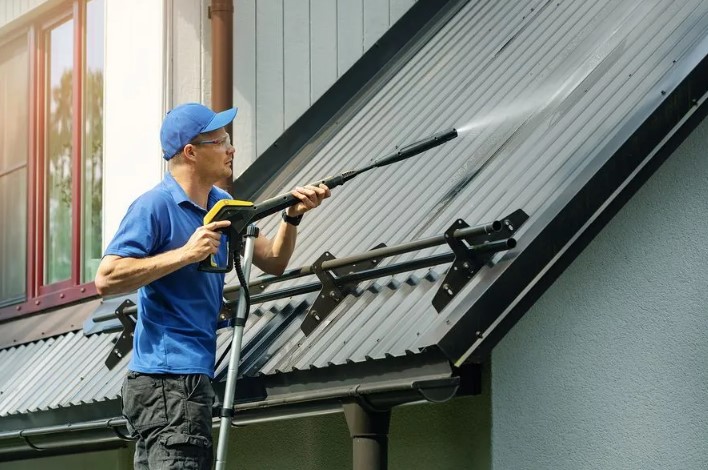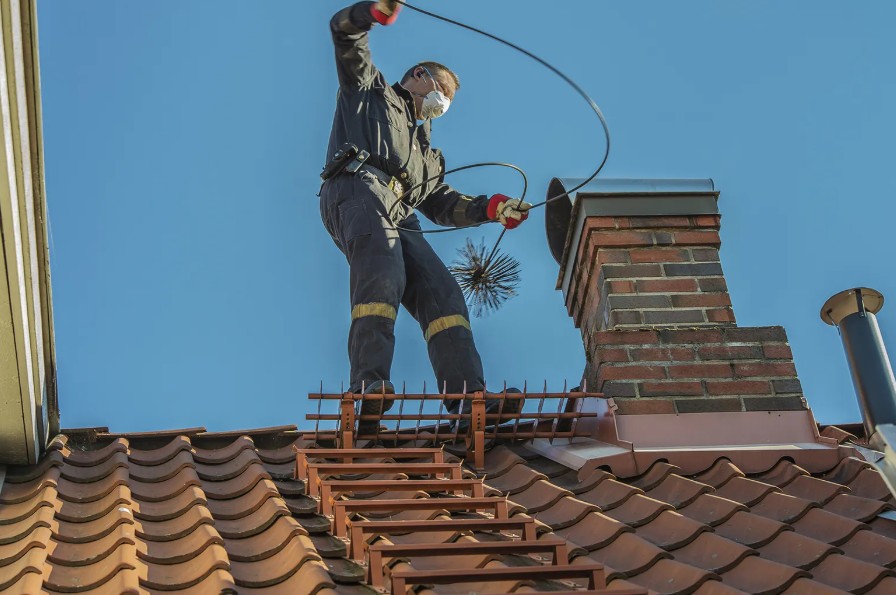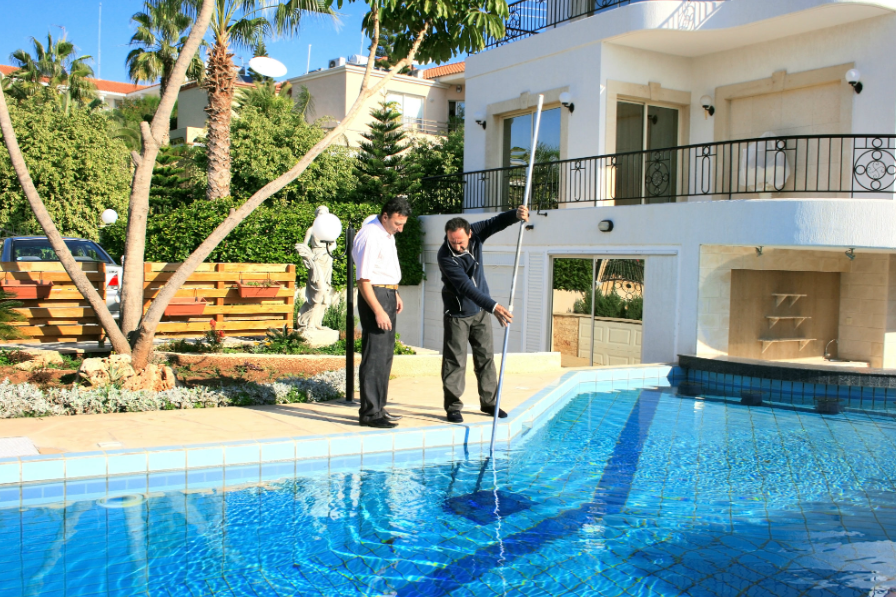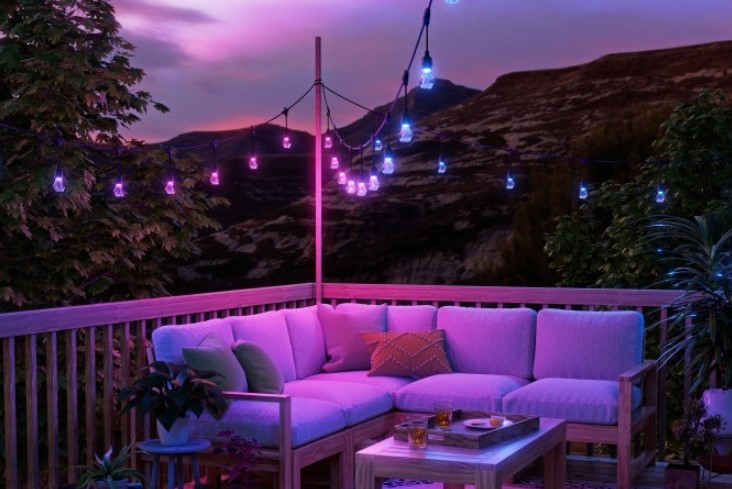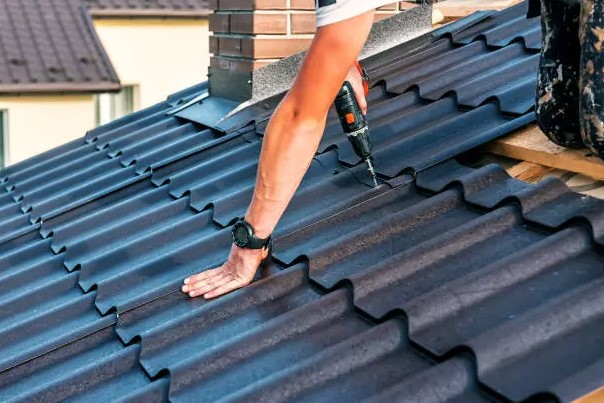
Introduction
When it comes to roofing, choosing the right materials is crucial for the durability, performance, and overall aesthetics of your roof. With numerous options available in the market, it can be overwhelming to decide which roofing materials are best suited for your needs. In this comprehensive guide, we will explore different types of roofing materials, their features, benefits, and drawbacks. Whether you are building a new roof or replacing an existing one, this article will provide you with valuable insights to make an informed decision.
Roofing Materials: Exploring Your Options
Roofing materials come in various forms, each with its own unique set of characteristics and benefits. Let’s delve into the most popular options and discover what sets them apart.
Asphalt Shingles: The Popular and Affordable Choice
Asphalt shingles are the most widely used roofing materials in North America, and for good reason. They offer excellent value for money, durability, and ease of installation. Additionally, asphalt shingles come in a wide range of colors and styles, making them suitable for various architectural designs.
Metal Roofing: Durability and Versatility
Metal roofing has gained popularity over the years due to its exceptional durability and longevity. Available in different metals such as steel, aluminum, and copper, metal roofs can withstand harsh weather conditions and provide excellent protection against fire. They are also highly energy-efficient and can reduce cooling costs.
Wood Shakes: Aesthetically Pleasing and Natural
If you’re looking to add a touch of natural beauty to your roof, wood shakes might be the perfect choice. Made from cedar, redwood, or pine, wood shakes offer a rustic charm and enhance the overall aesthetics of your home. They provide good insulation properties but require regular maintenance to prevent rot and damage.
Clay and Concrete Tiles: Timeless Elegance
Clay and concrete tiles are renowned for their timeless elegance and durability. These roofing materials are often associated with Mediterranean or Spanish-style architecture. They can withstand high winds, resist fire, and offer excellent insulation properties. However, they are heavier than other materials and may require additional structural support.
Slate Roofing: Unmatched Beauty and Longevity
Slate roofing is synonymous with luxury and sophistication. With its natural beauty, durability, and exceptional lifespan, slate has been a popular choice for centuries. It is resistant to fire, mold, and pests, making it a low-maintenance option. However, the high cost of materials and the expertise required for installation should be considered.
Synthetic Roofing: Mimicking Natural Materials
Synthetic roofing materials such as synthetic slate or composite shingles offer the appearance of natural materials with added benefits. They are lightweight, cost-effective, and often made from recyclable materials. Synthetic roofing is designed to mimic the look of wood, slate, or tile while providing better durability and resistance to weather elements.
Metal Shingles: Combining Style and Strength
Metal shingles offer the best of both worlds: the strength of metal and the appearance of traditional shingles. They come in a variety of styles, including those resembling wood shakes or slate tiles. Metal shingles are lightweight, durable, and require minimal maintenance. They are also energy-efficient and recyclable.
Rubber Roofing: Affordable and Easy to Install
Rubber roofing, also known as EPDM (Ethylene Propylene Diene Monomer) roofing, is a popular choice for low-slope roofs. It is cost-effective, easy to install, and highly resistant to UV rays and weather damage. Rubber roofs have excellent durability and can last up to 40 years with proper maintenance.
Composite Roofing: Blending Functionality and Aesthetics
Composite roofing combines different materials, such as rubber, plastic, and wood fibers, to create a highly functional and visually appealing option. It offers the look of natural materials with enhanced durability and resistance to weather conditions. Composite roofing is lightweight, easy to install, and requires minimal maintenance.
Roofing Materials Comparison: Pros and Cons
To help you make an informed decision, here’s a comprehensive comparison of the different roofing materials:
| Roofing Material | Pros | Cons |
|---|---|---|
| Asphalt Shingles | Affordable, easy installation, wide range of styles and colors | Less durable compared to other materials, shorter lifespan |
| Metal Roofing | Long lifespan, durability, energy-efficient | Higher upfront cost, can be noisy during rain or hailstorms |
| Wood Shakes | Natural and aesthetically pleasing | Require regular maintenance, susceptible to rot and insect damage |
| Clay and Concrete Tiles | Timeless elegance, excellent durability | Heavy, requires additional structural support, higher installation cost |
| Slate Roofing | Unmatched beauty, exceptional lifespan | Expensive, requires professional installation, heavy |
| Synthetic Roofing | Versatile, mimics natural materials, cost-effective | Durability may vary depending on the quality of the synthetic material |
| Metal Shingles | Style options, durability, lightweight | Higher upfront cost compared to asphalt shingles |
| Rubber Roofing | Affordable, easy installation, UV and weather resistance | Limited aesthetic options, shorter lifespan compared to other materials |
| Composite Roofing | Blends functionality and aesthetics, durability | Quality may vary depending on the manufacturer |
How to Choose the Right Roofing Material
Selecting the right roofing material involves considering several factors:
- Climate: Choose a material that can withstand the local climate, including extreme temperatures, heavy rainfall, or high winds.
- Durability: Assess the expected lifespan of the material and its resistance to damage from weather, pests, or impact.
- Aesthetics: Consider the architectural style of your home and choose a roofing material that complements its overall design.
- Cost: Determine your budget and balance it with the long-term value, maintenance requirements, and lifespan of the material.
- Energy Efficiency: Look for roofing materials that offer good insulation properties, which can reduce heating and cooling costs.
- Sustainability: Consider eco-friendly options, such as materials made from recycled content or those that can be recycled at the end of their lifespan.
By evaluating these factors, you can narrow down your options and choose the roofing material that best suits your needs, budget, and preferences.
FAQs: Frequently Asked Questions
FAQ 1: What factors should I consider when selecting roofing materials?
When selecting roofing materials, consider factors such as climate, durability, aesthetics, cost, energy efficiency, and sustainability. These factors will help you choose a material that is suitable for your specific requirements.
FAQ 2: Are some roofing materials more eco-friendly than others?
Yes, some roofing materials are more eco-friendly than others. Materials such as metal, synthetic, and rubber roofing often contain recycled content and can be recycled at the end of their lifespan. Additionally, materials that provide good insulation properties contribute to energy efficiency.
FAQ 3: How long does each roofing material typically last?
The lifespan of roofing materials varies depending on the type of material. Asphalt shingles typically last around 20-30 years, metal roofing can last 40-70 years, while slate roofing can last over 100 years with proper maintenance. It’s important to consider the lifespan of the material when making your decision.
FAQ 4: Which roofing materials are best suited for extreme weather conditions?
Metal roofing and clay or concrete tiles are known for their durability and resistance to extreme weather conditions. They can withstand high winds, heavy rainfall, and even hailstorms. Consider these materials if you live in an area prone to severe weather.
FAQ 5: Can I install a new roof over an existing one?
In some cases, it is possible to install a new roof over an existing one. However, it is important to consult with a professional roofing contractor to assess the structural integrity of the existing roof and ensure that the new installation will be safe and effective.
FAQ 6: Do different roofing materials require different maintenance?
Yes, different roofing materials require different maintenance. Wood shakes may need regular inspections and treatments to prevent rot or insect damage. Metal roofing may require occasional cleaning to remove debris. It’s important to follow the manufacturer’s guidelines and consult with a professional for specific maintenance requirements.
Conclusion
Choosing the right roofing material is essential for the long-term performance, durability, and aesthetics of your roof. By considering factors such as climate, durability, cost, and energy efficiency, you can make an informed decision. Whether you opt for asphalt shingles, metal roofing, wood shakes, or any other material, it’s crucial to hire a professional roofing contractor for proper installation. Remember, investing in quality roofing materials will provide you with a secure and beautiful roof for years to come.
Partner Site : E-Sport News, Health Injury, Medical Cannabis, Finance Hold, Online Education, Travels Around World, Pet Daily Nursing, Beauty Women, Physical Therapy, House Design Plan
